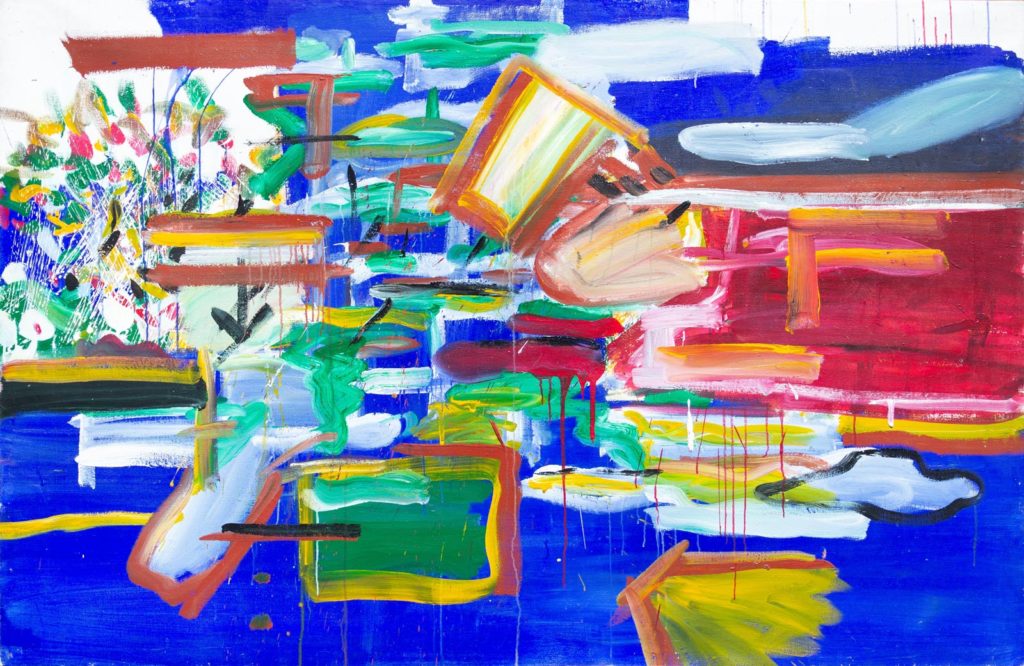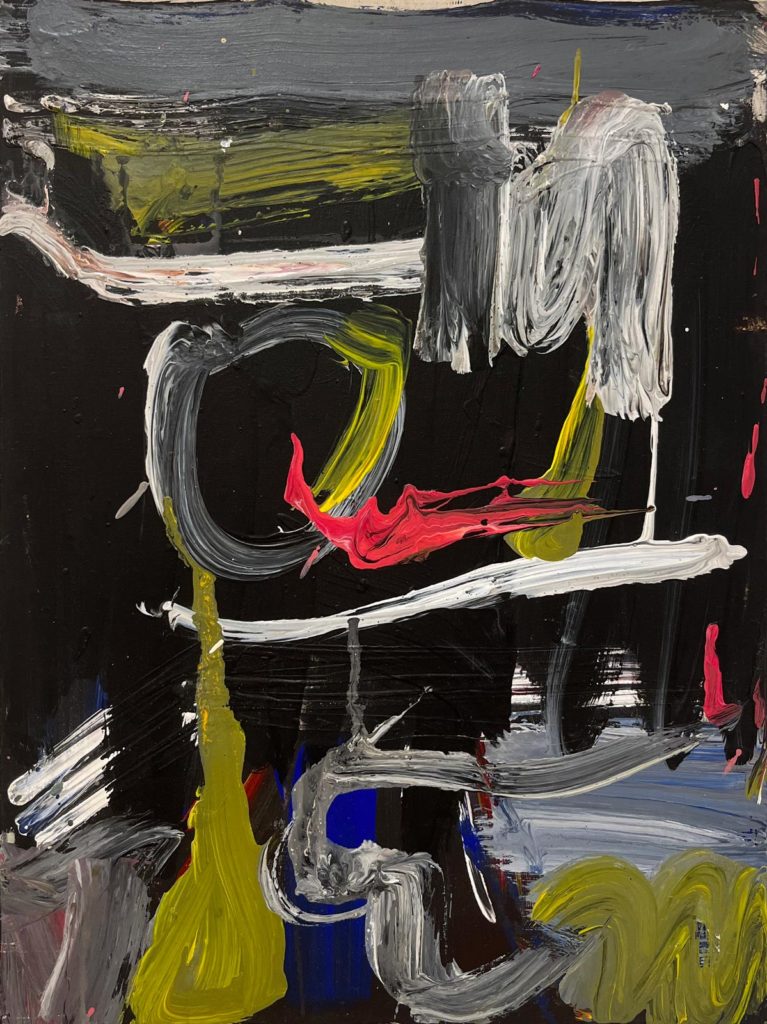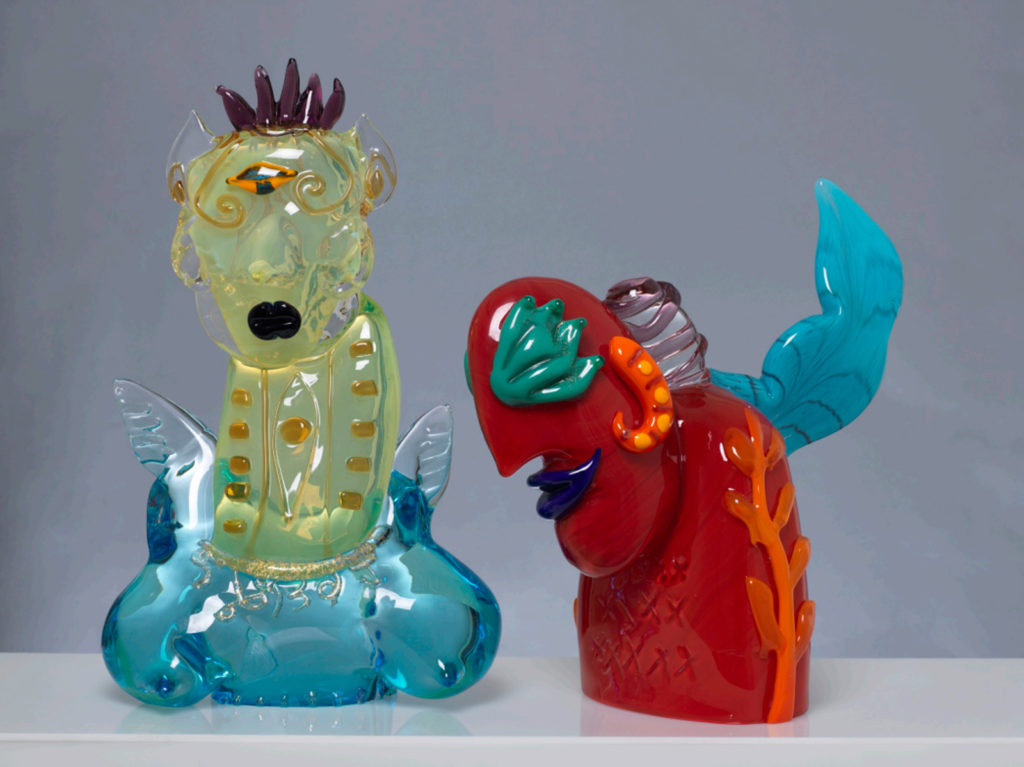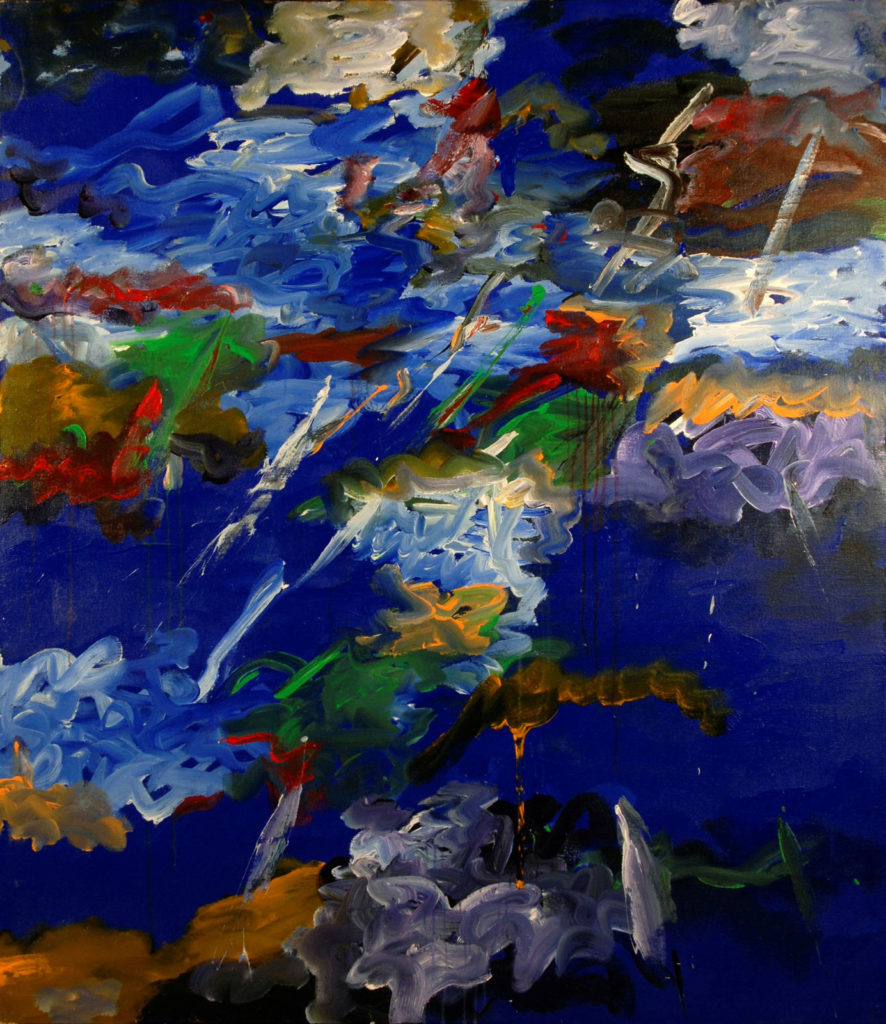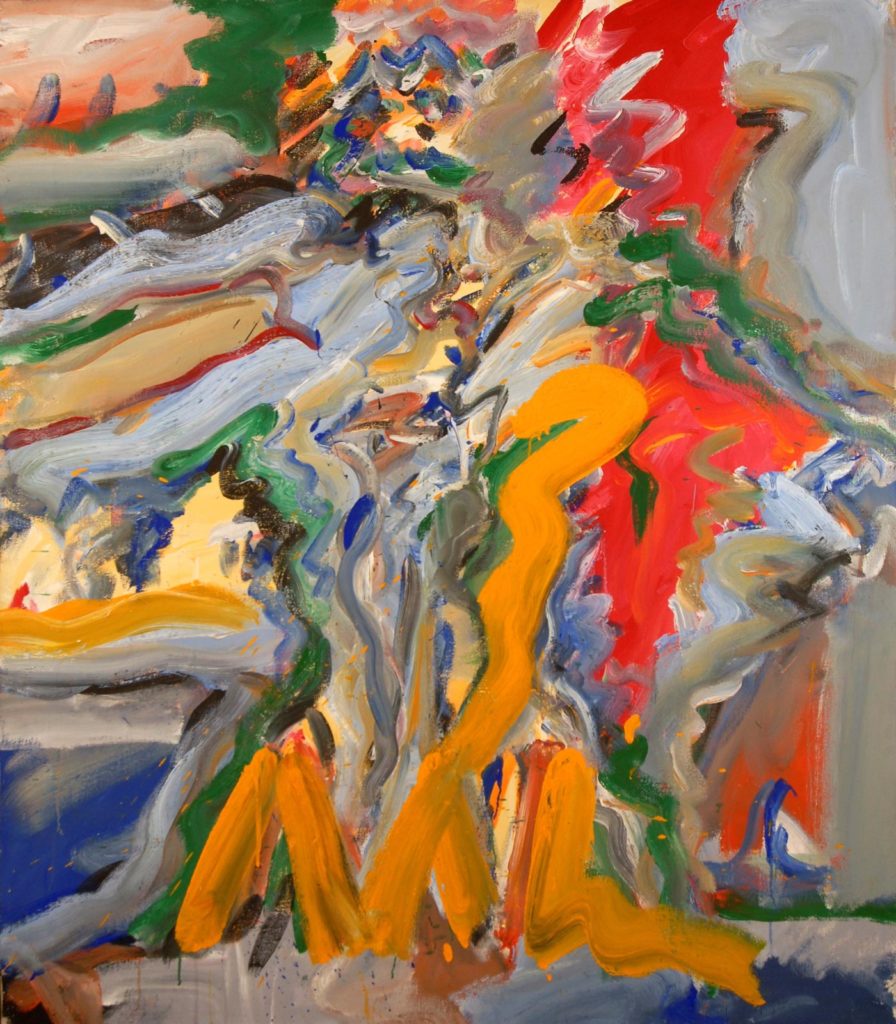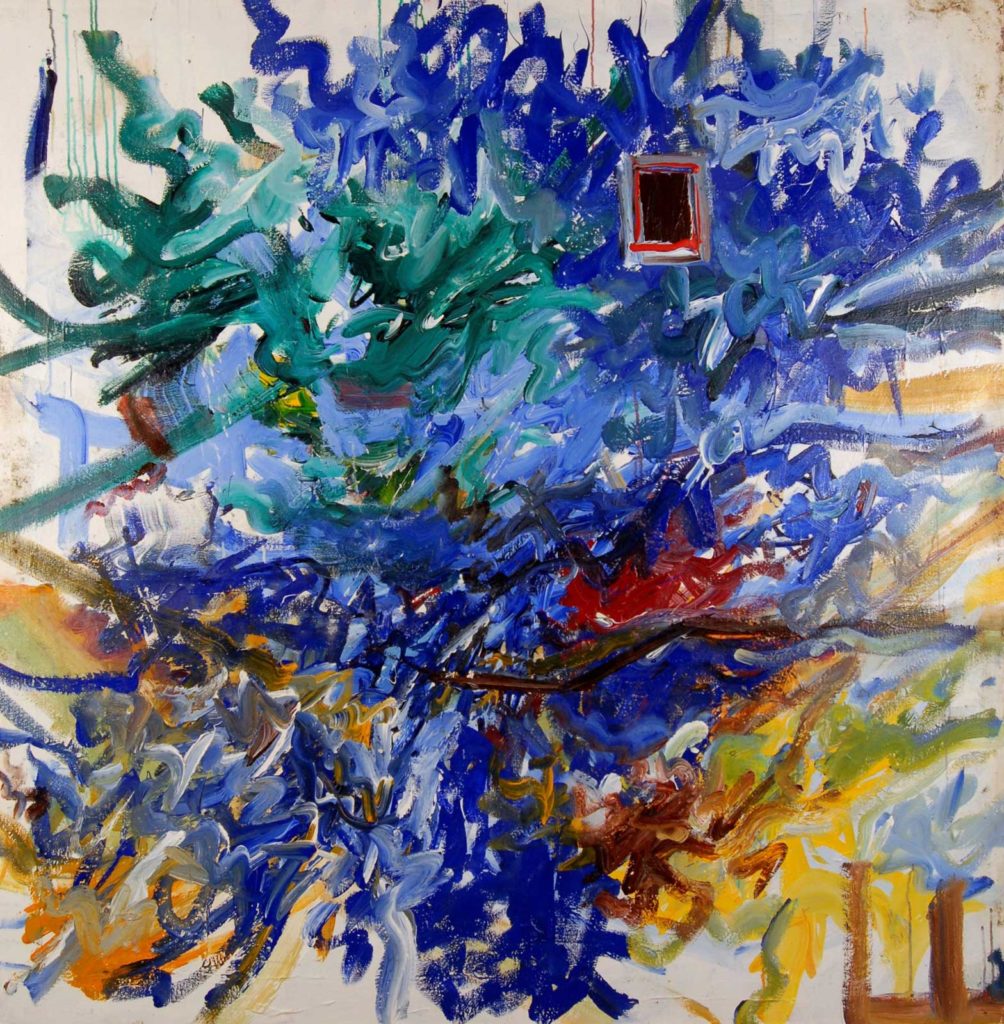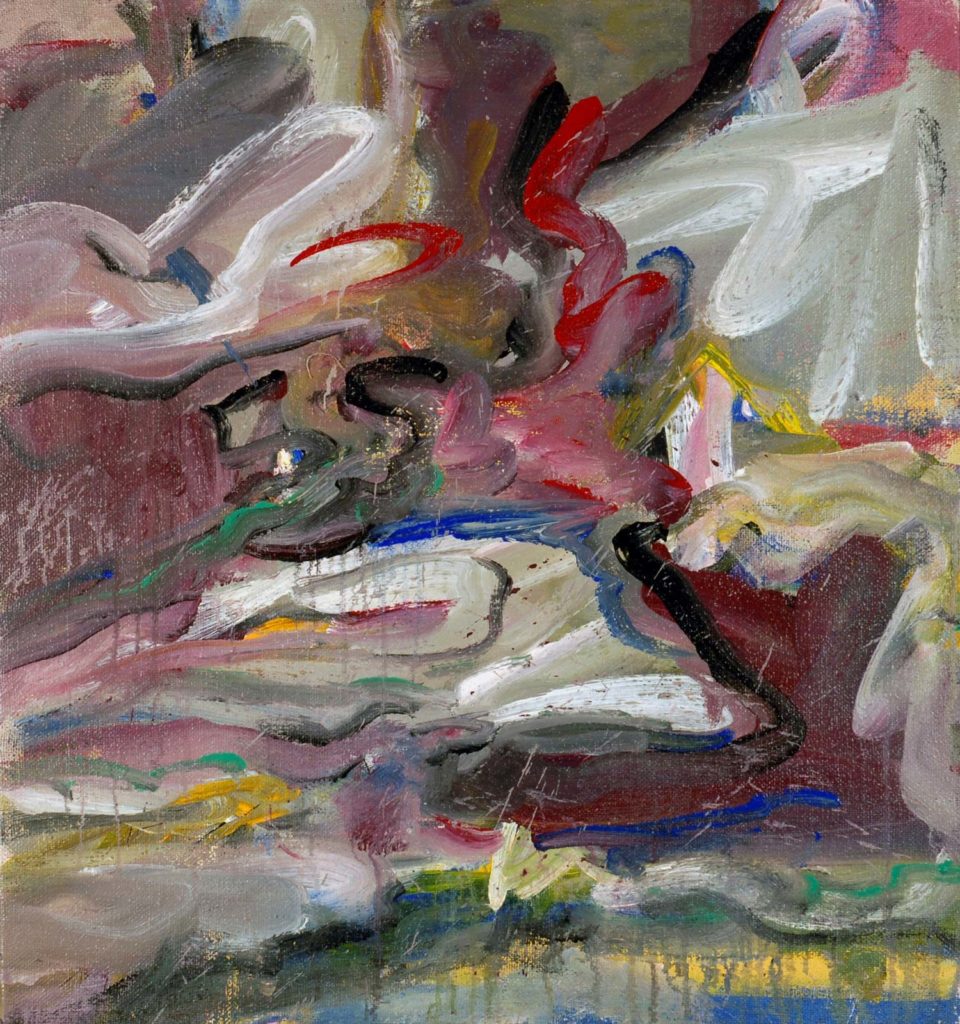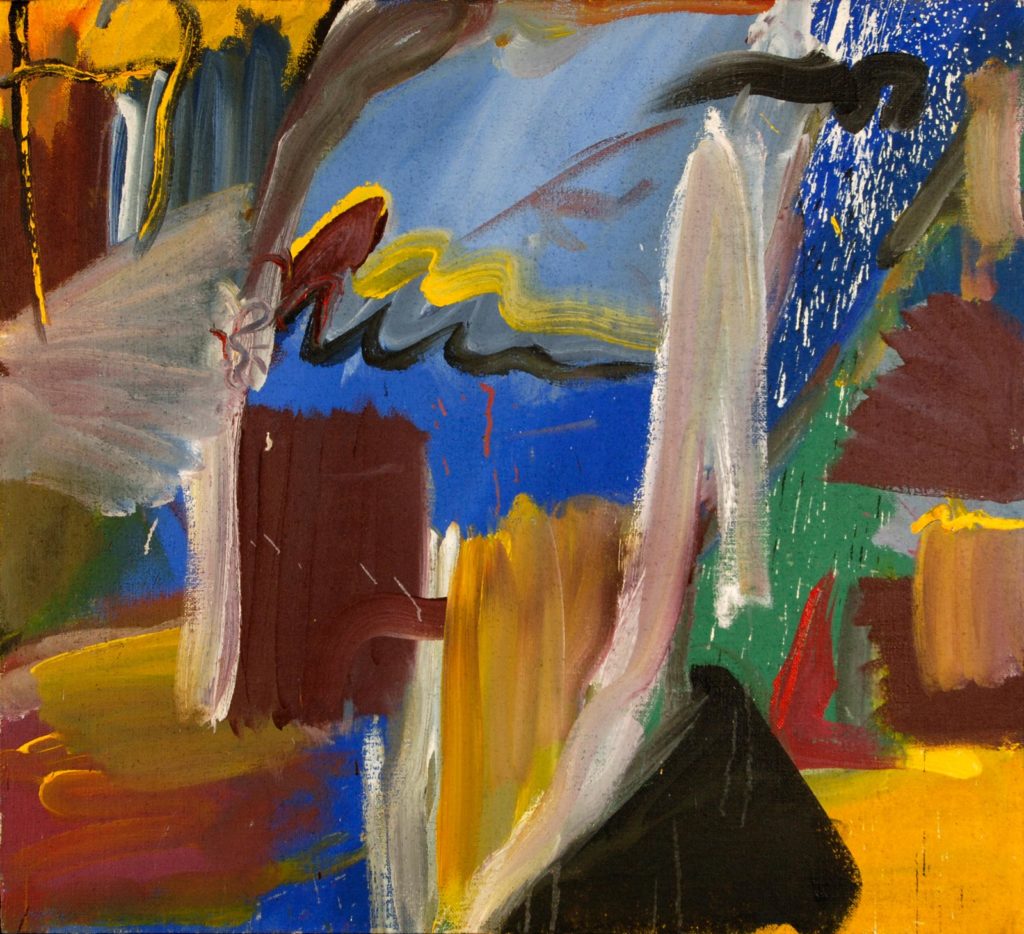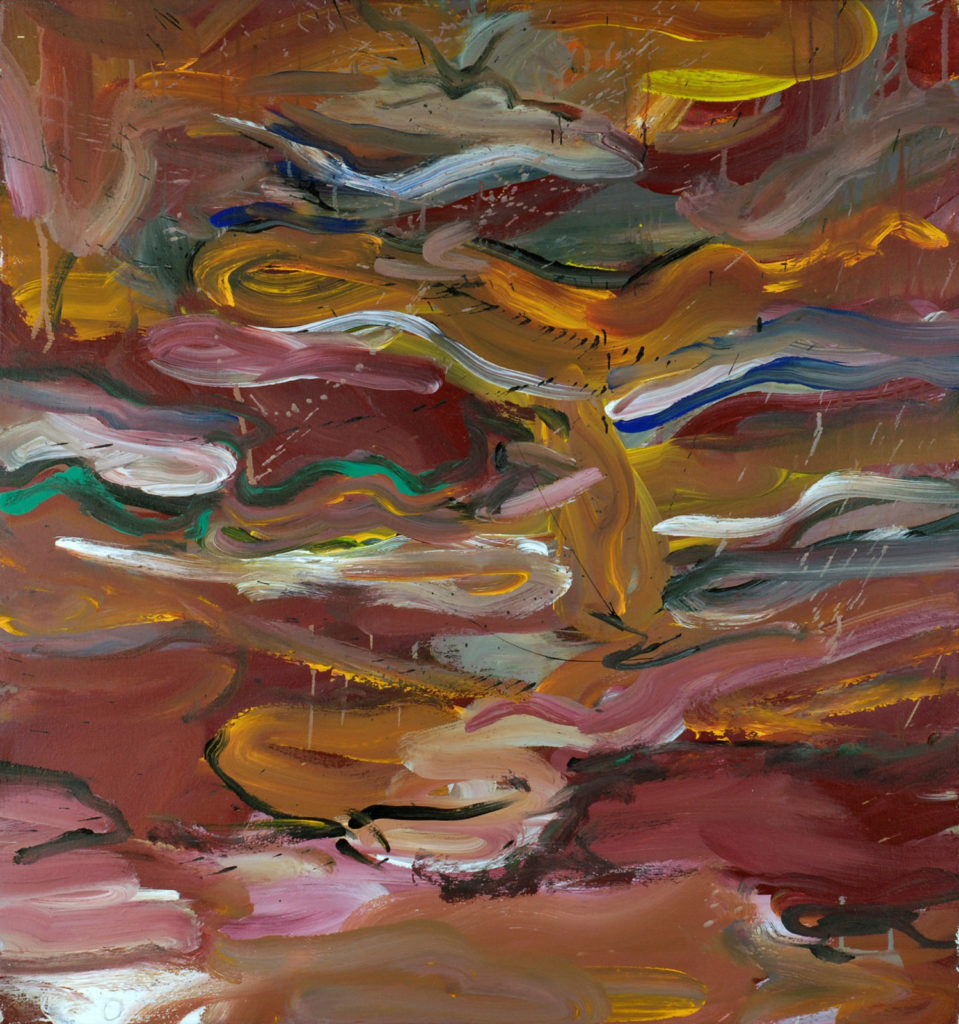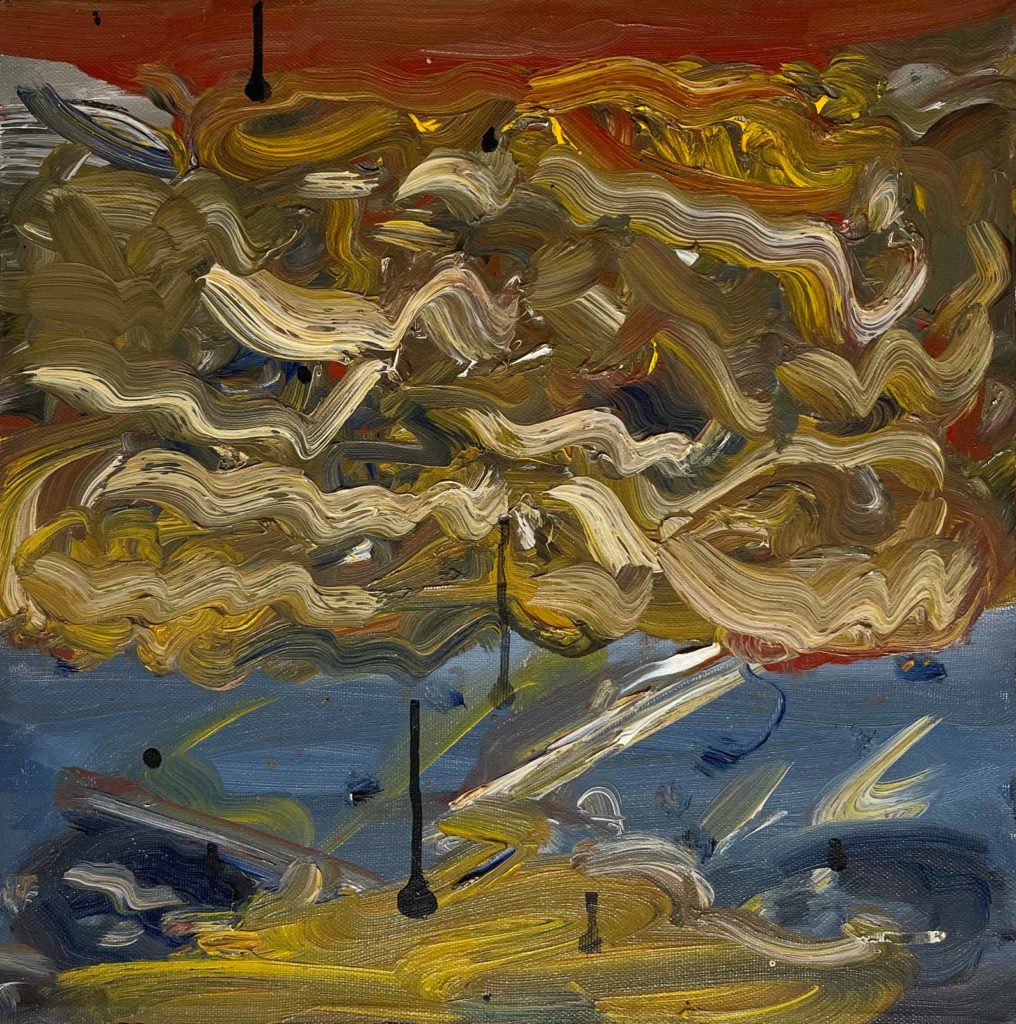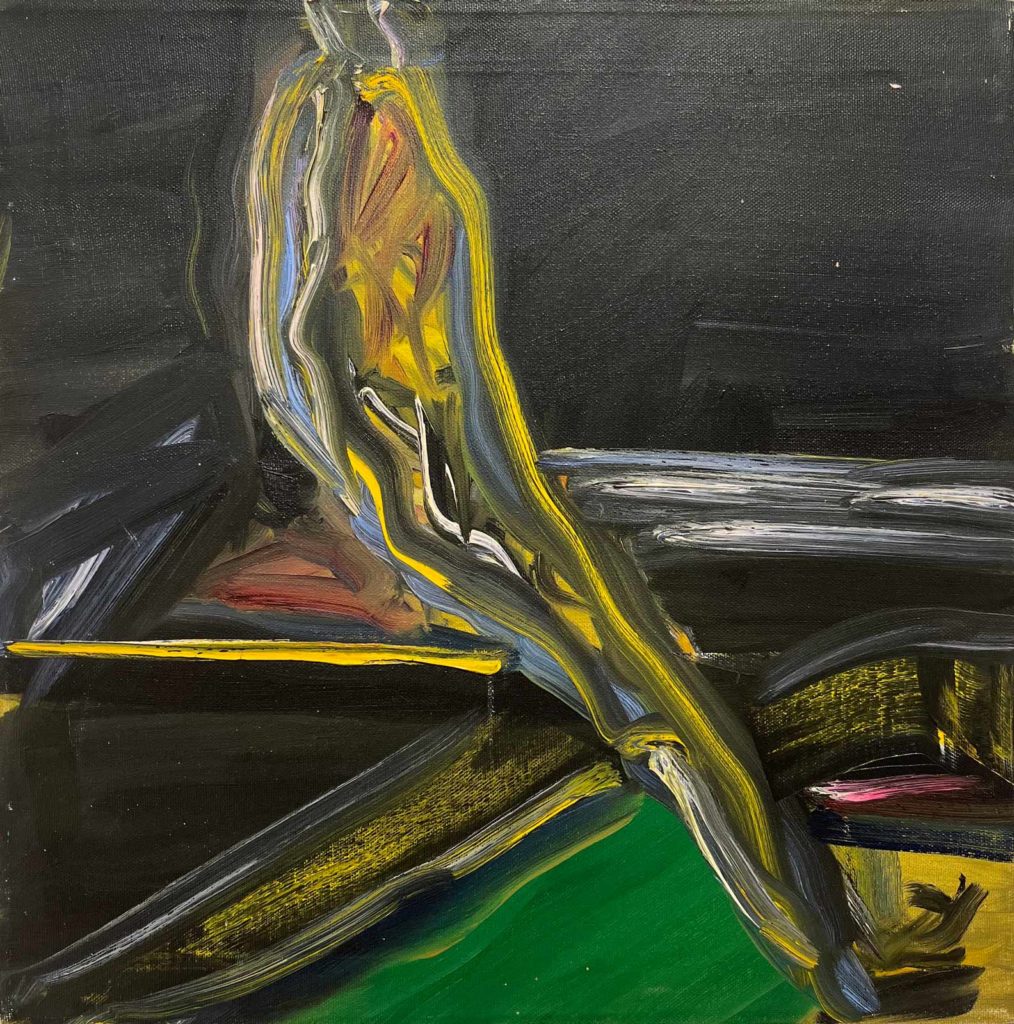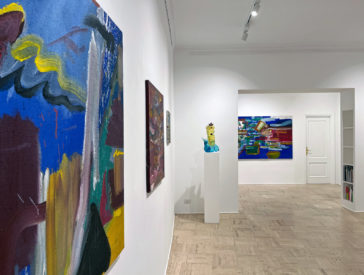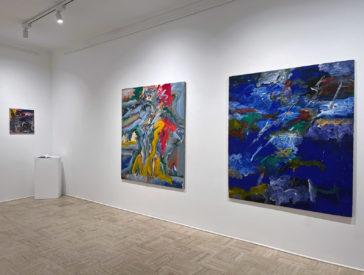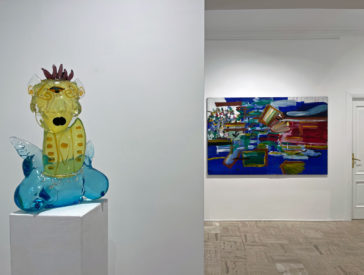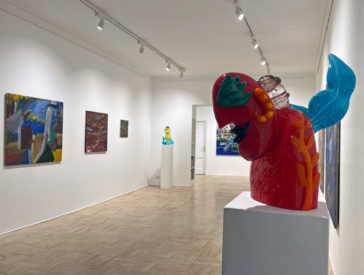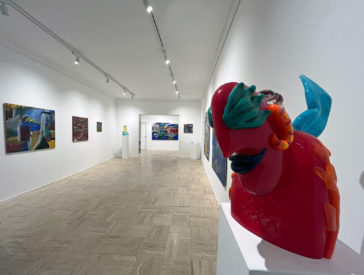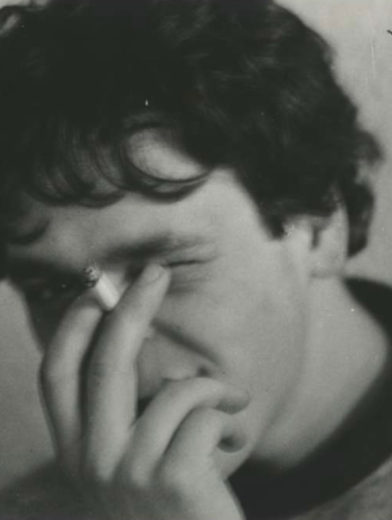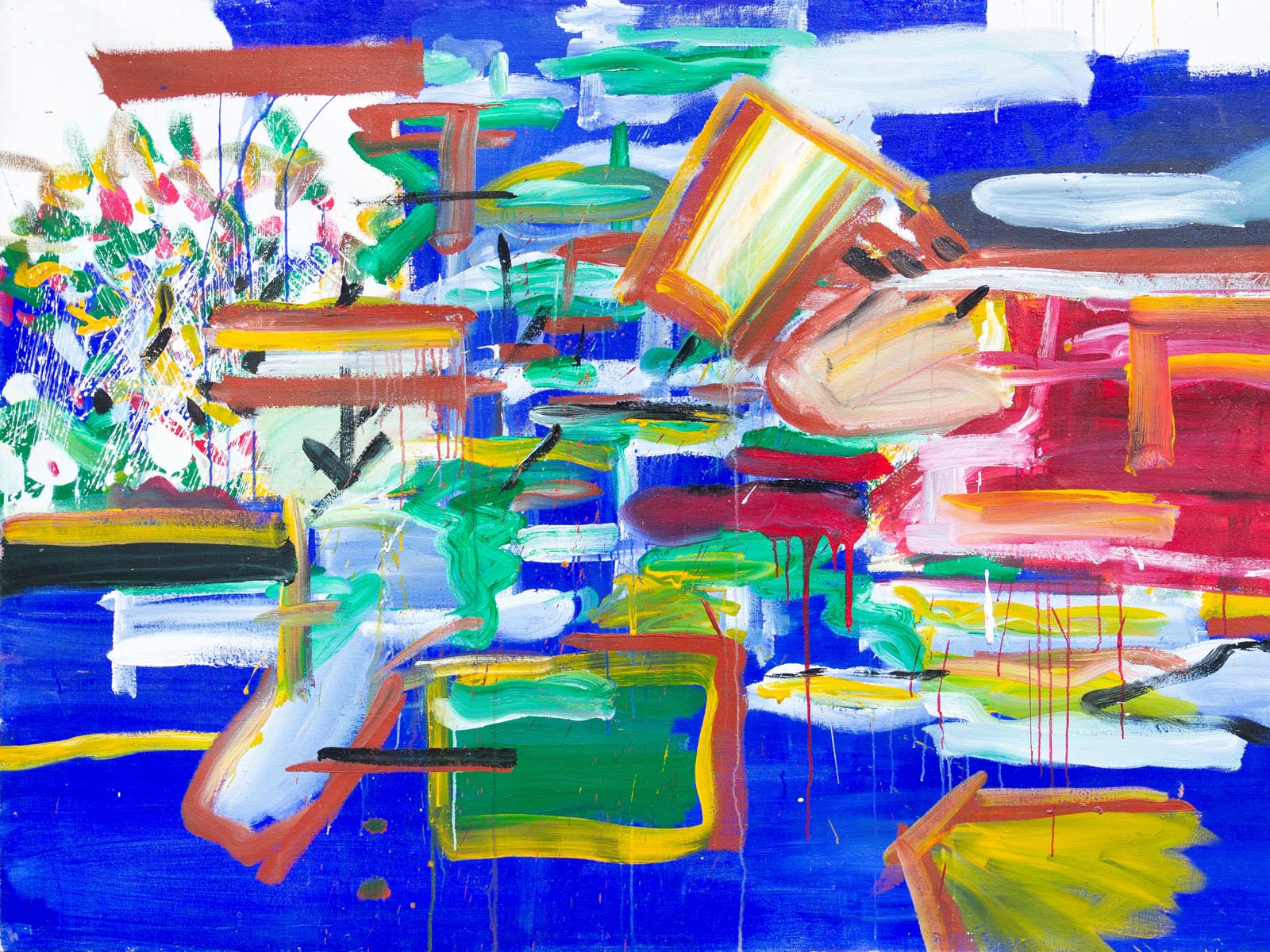
Maja Arte Contemporanea is delighted to host the personal exhibition of Angelo Azzellini (1961 – 1995) featuring a collection of precious and unusual works of art that were painted in the early 90’s by the Apulian artist who passed at the young age of 34.
Angelo Azzellini was born in Rodi Garganico (Italy) in 1961. He moved to Turin at the age of 14, where he studied at the Artistic College, and then moved to Urbino, where he attended the Academy of Fine Arts. He later spent some time of his short life in the US, Germany, UK and China, before settling in Milan and finally in Rome.
Azzellini considered painting to be a form of meditation, a way of being in a state of complete silence where the full awareness of what life offers at that very moment expands into a limitless state of love and innocence. With a solid foundation of study of drawing, he progressively plunged into a gestural abstraction that instills energy and vigour to his paintings with a reference to early Abstract Expressionism. In his paintings, mostly large format, the strength and intensity of his feelings are revealed through colour and pictorial texture, with the roughness and density typical of acrylics.
For the 25th anniversary of his passing, torredinebbiaedizioni released a dedicated book entitled “L’opera incompleta di Angelo Azzellini”; 225 full colour pages with an introduction by Ria Lussi and critical contributions by Lorenzo Canova, Piero Castoro, Umberto Palestini, Fulvio Abate, Mariano Apa, including more than 130 works and a large selection of both academic and biographic documentation. In the text “L’incendio della pittura” (The fire of Painting) Lorenzo Canova writes:
“With free and thick brush strokes that are quick yet intentional, the drips and outlines spread rapidly on the canvas, the black tones lightening until they explode into yellows and reds, complemented by pondered shadows and greys that melt into purples. The compositions pulse with chromatic nuances in a continuous balance between dark and splendid light.
The brush creates flashes of white lead, and the controlled vigour of Azzellini’s strokes balances aggression toward the canvas with rich colour arrangements, harmonizing the planes in gentle and liquid vibration.
Thus the artist is able to give space to pictorial matter, to its roughness and density through the acrylic technique that probably satisfies his need to combine the speed of drawing with his desire to spread colour in transparencies and layers.
Azzellini combines a talent for speed and lightness with a knack for exactness that is hidden behind the facade, in a syntax that renews the gesture of the informal, through a barbaric fusion of light and markings that echo with the vibrations of his unharmonious harmony.”

